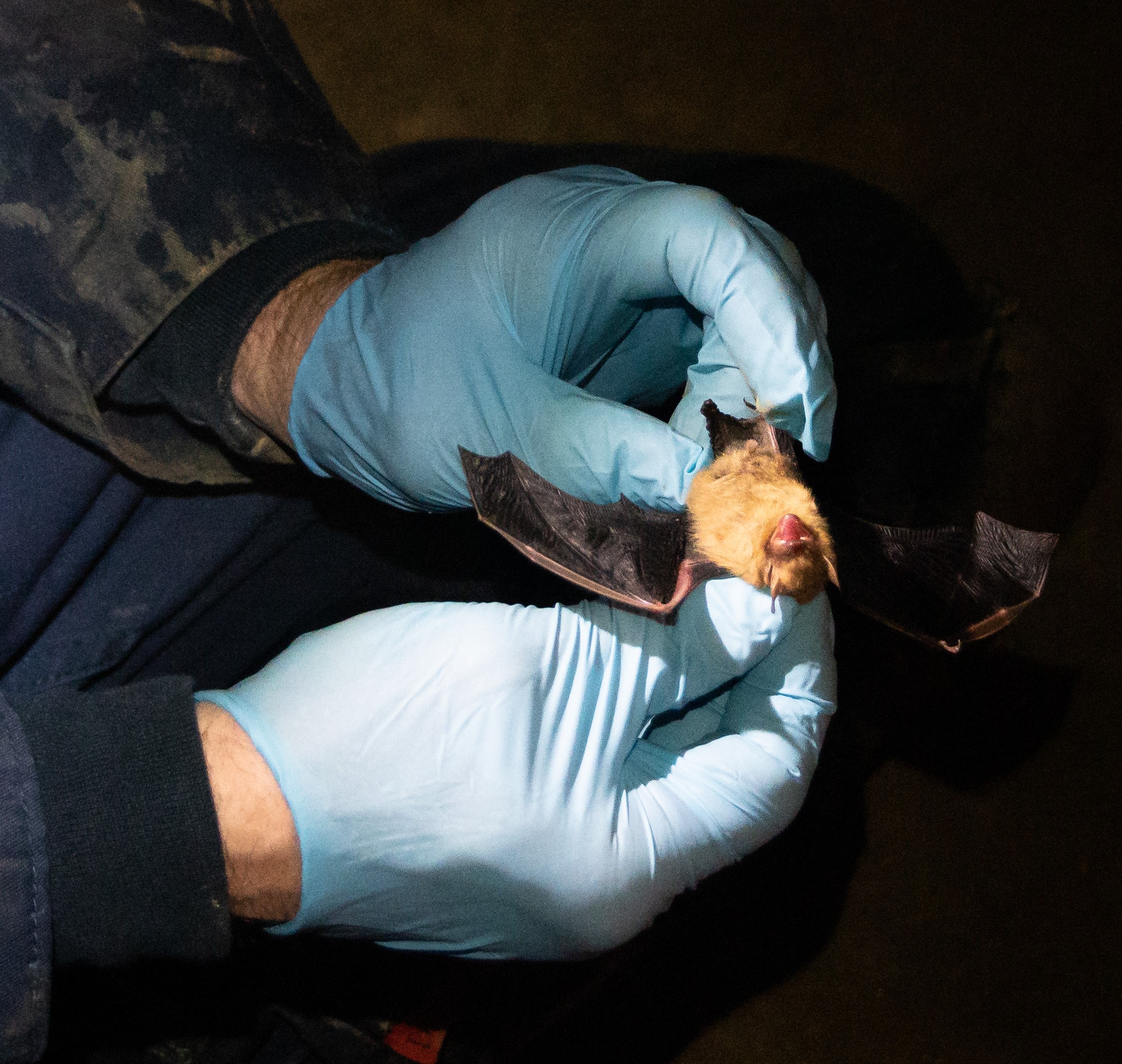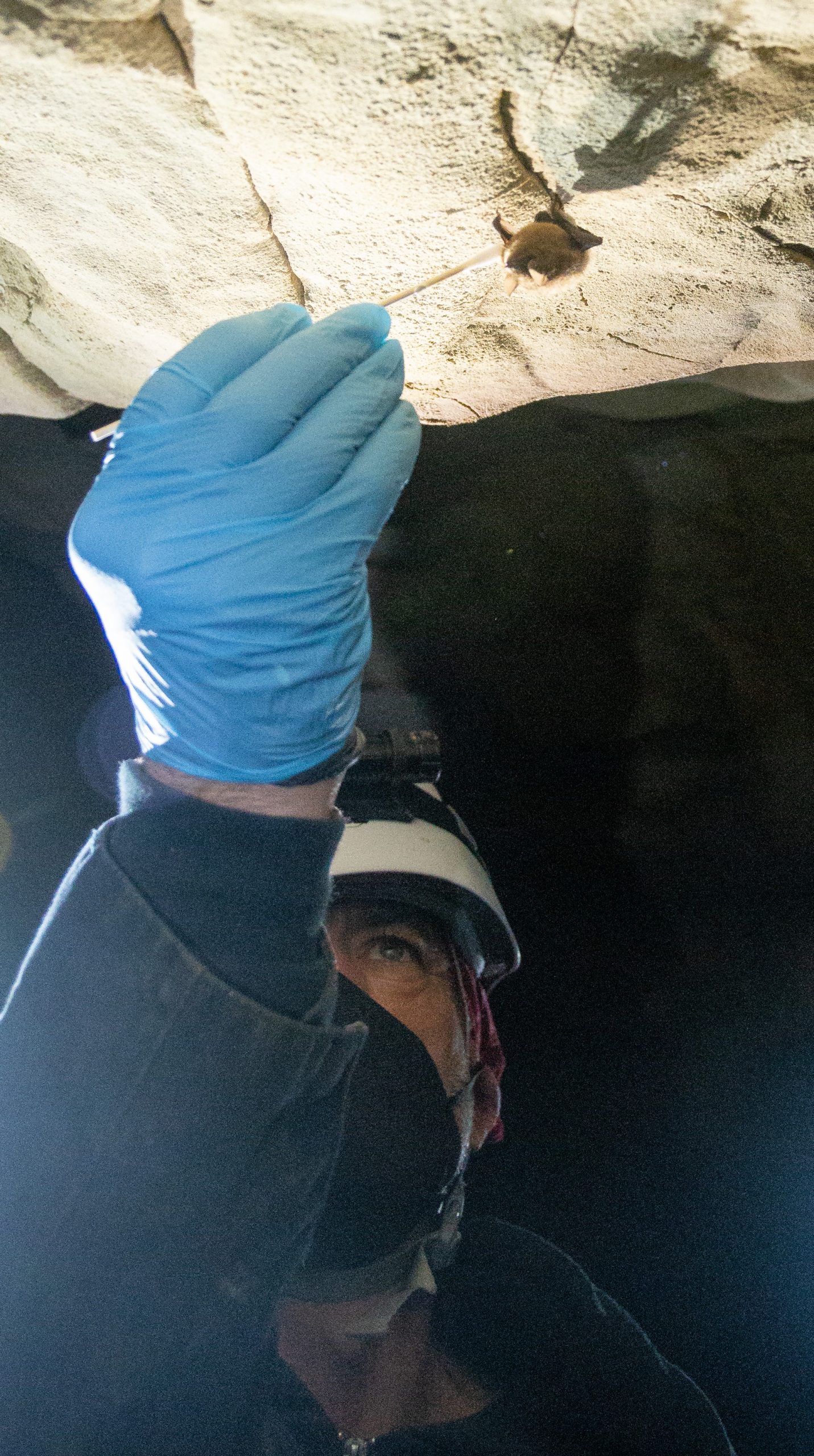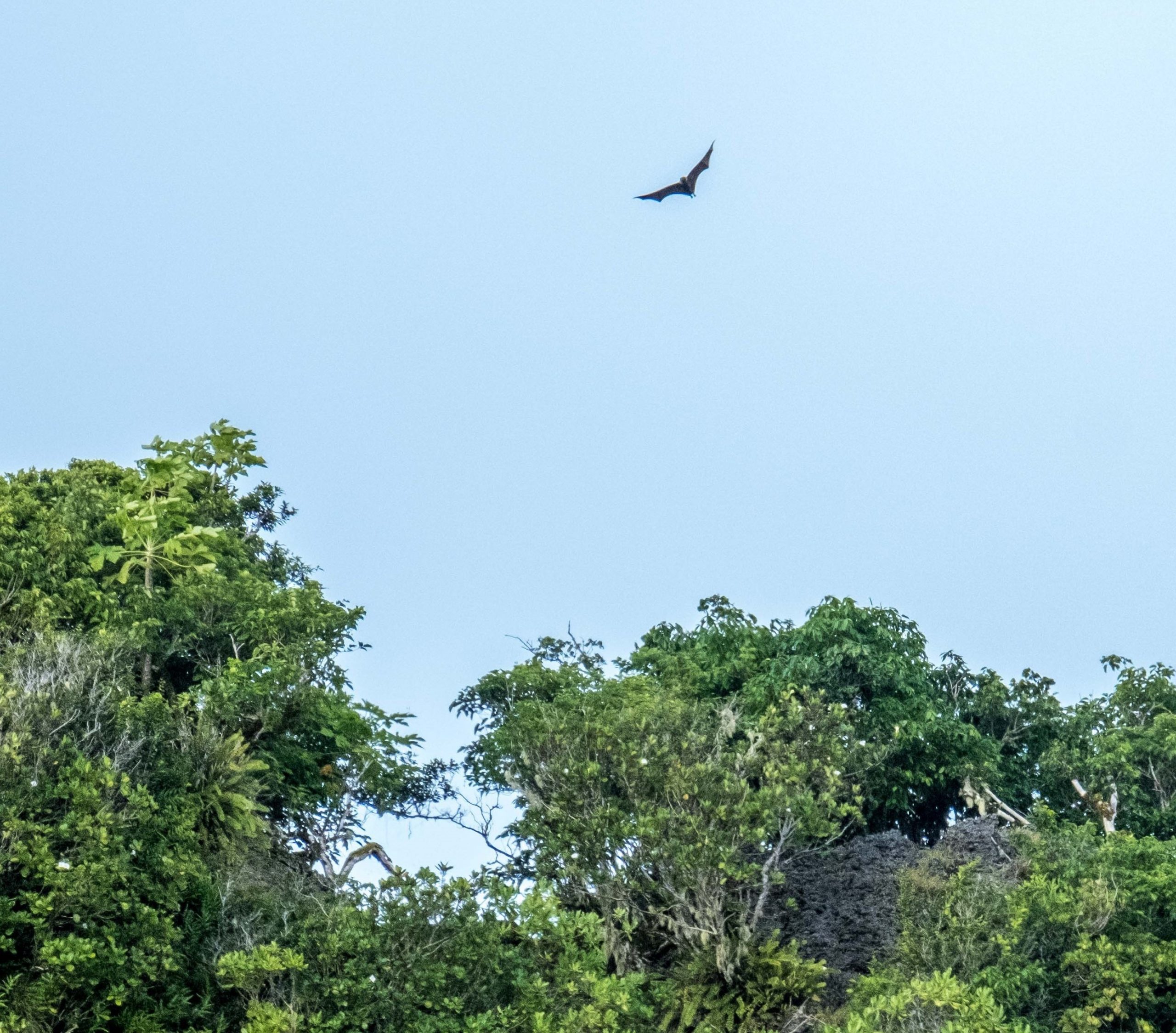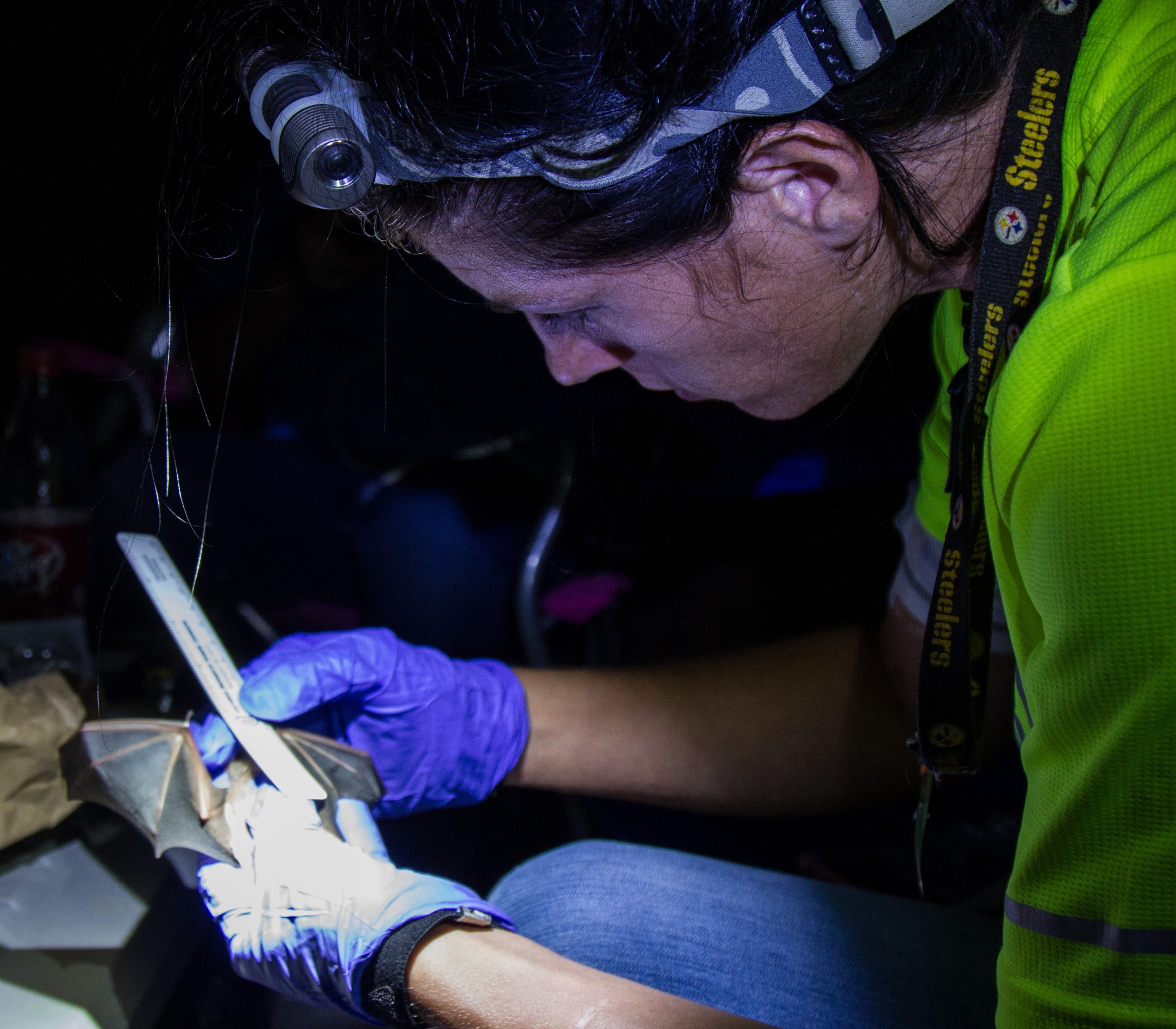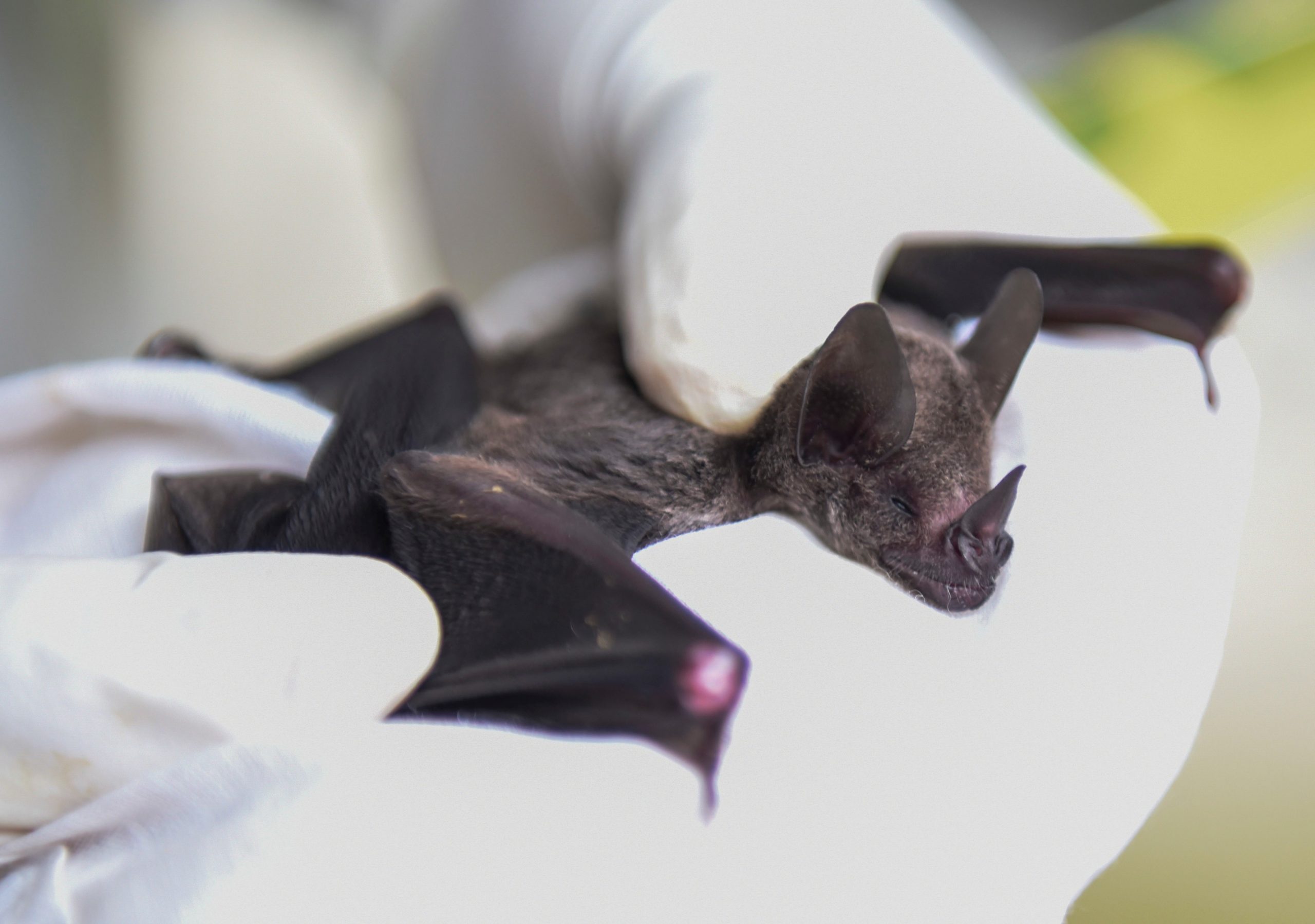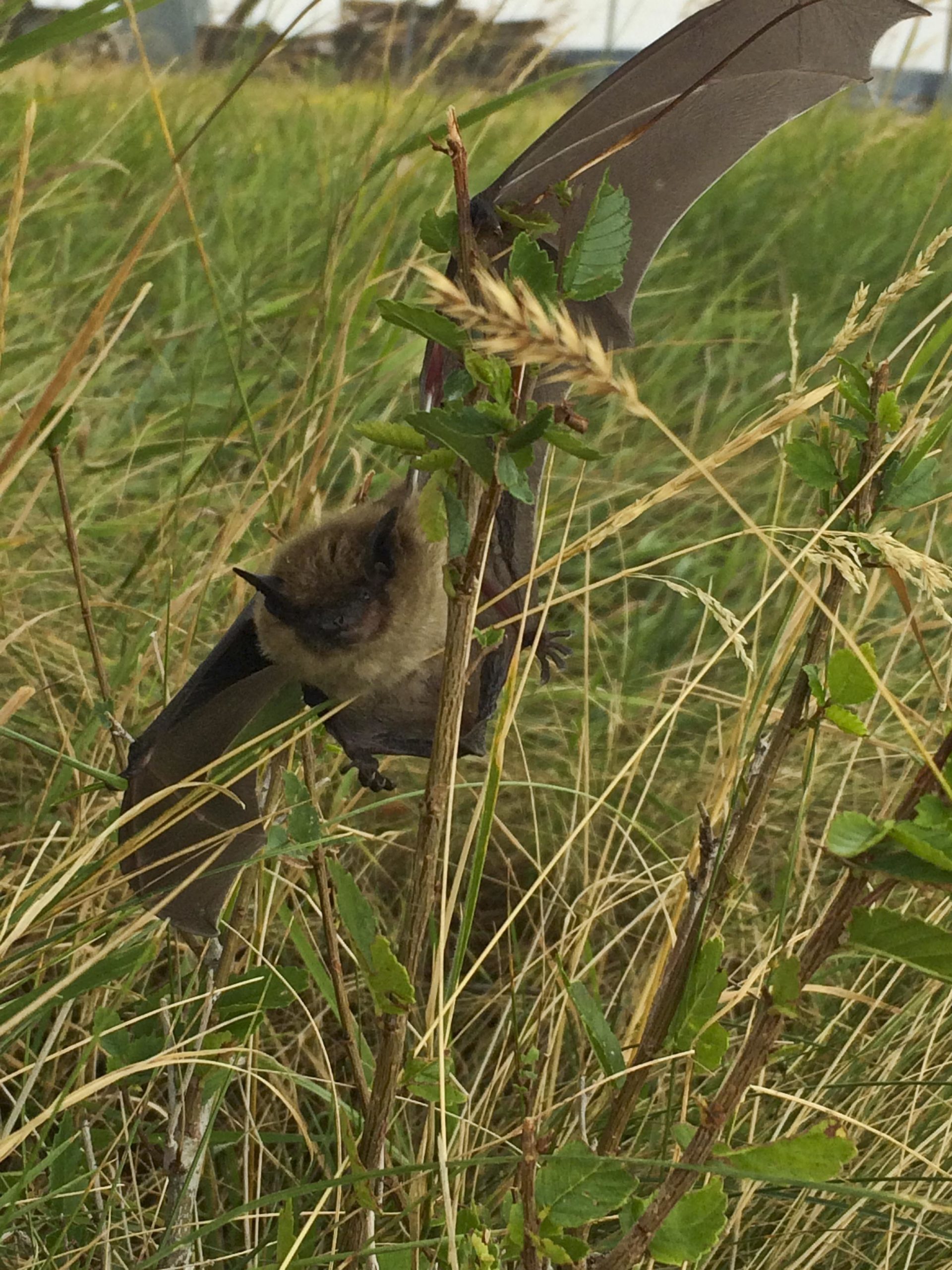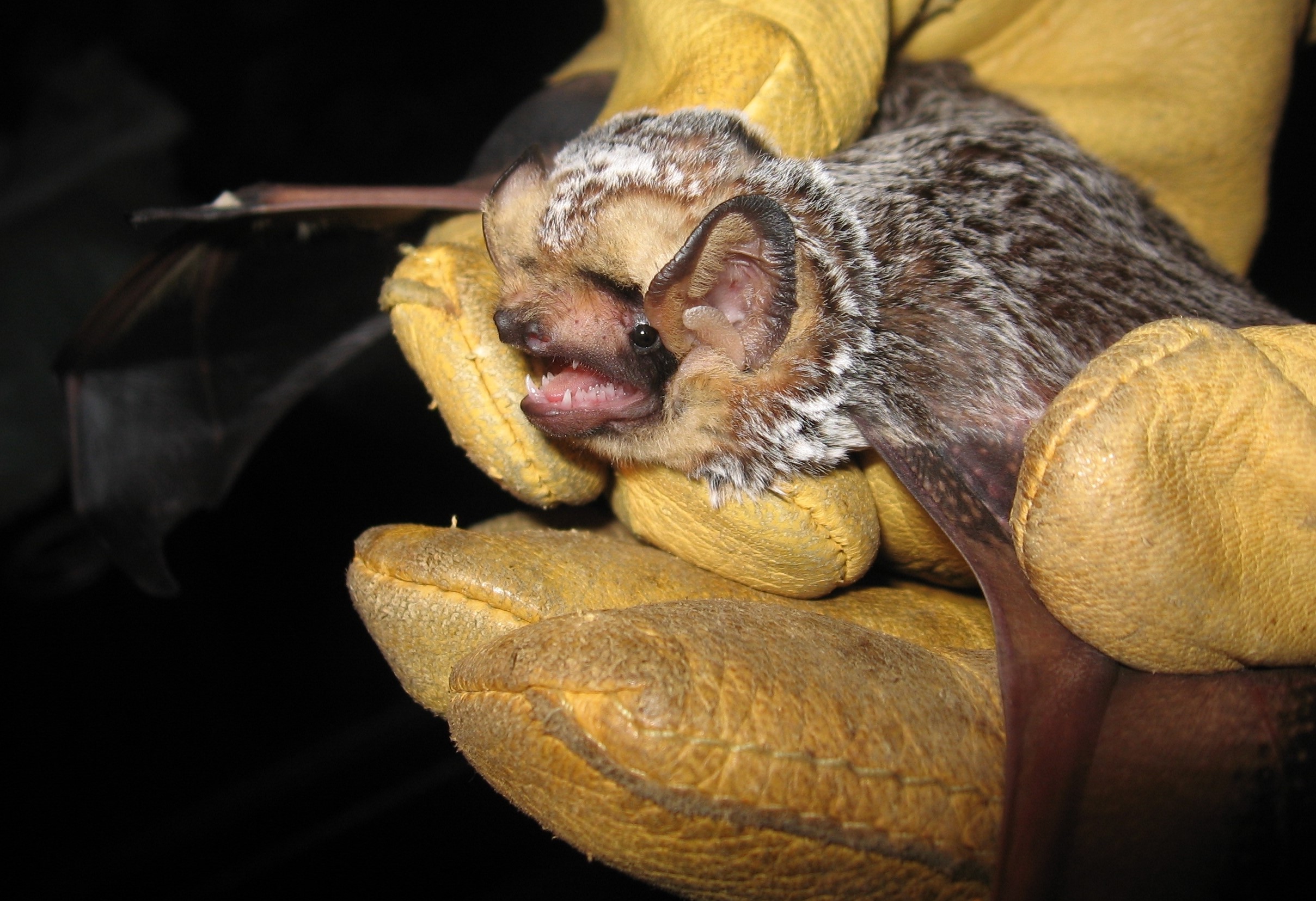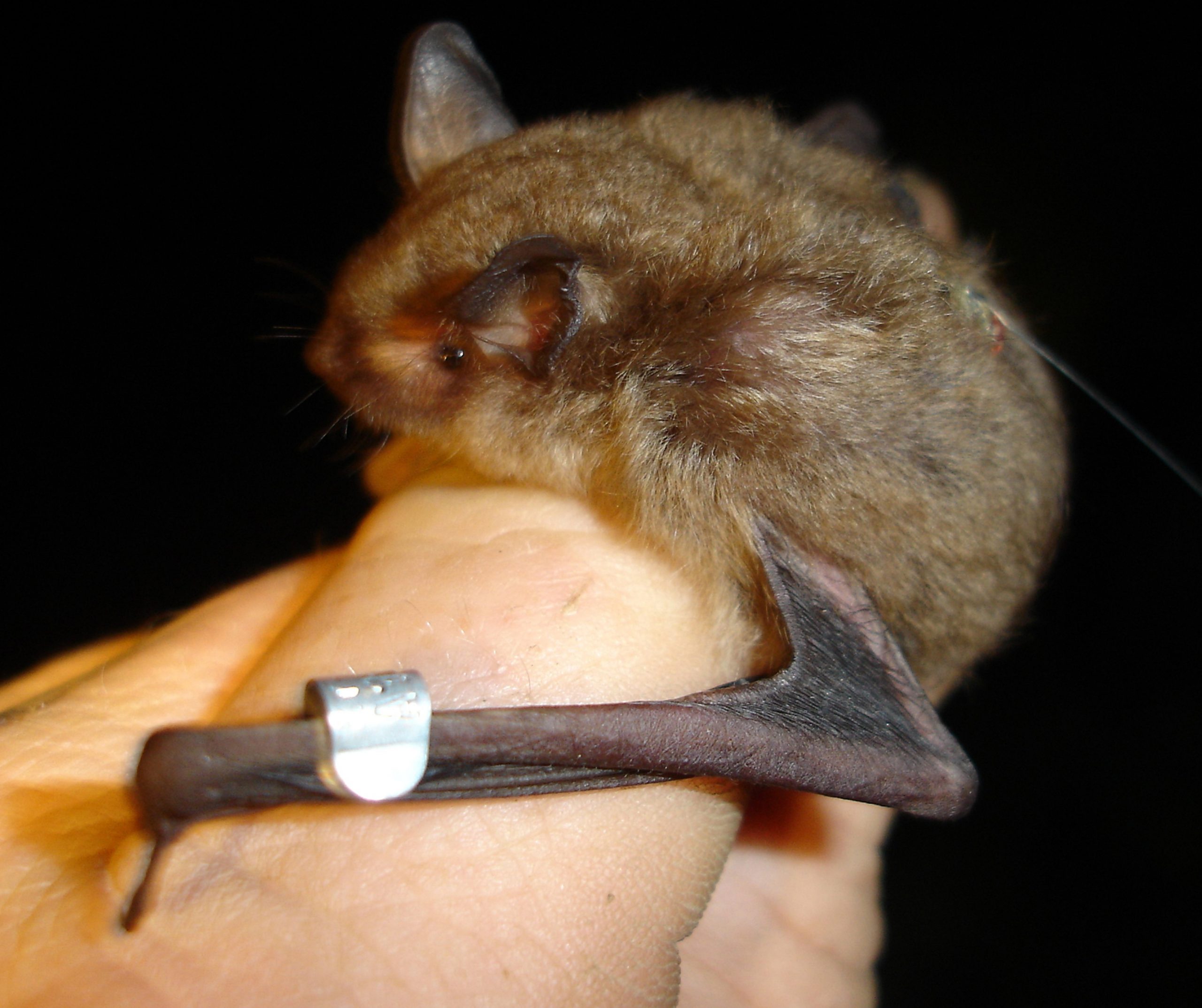07 February 2023 (13:58-UTC-07 Tango 06) 18 Bahman 1401/16 Rajab 1444/17 Jia-Yin 4721/07 февраля 2023 года
Just a little bit of how involved the United States (U.S.) Department of Defense (DoD) is with protecting bats (your tax dollars at work):
In January 2023, and in December 2022, Arnold Engineering Development Complex personnel on Arnold Air Force Base (AFB), Tennessee, collected data on Tricolored Bats in a cave near the U.S. Air Force property.
In September 2022, the U.S. Fish and Wildlife Service expressed concern for the bats due to the White Nose Syndrome (WNS) killing bats across North America. Apparently, the population of Tricolored bats around Arnold AFB is collapsing. But studies of bats around Arnold AFB have been ongoing for decades: “We at Arnold Air Force Base have been conducting bat research and conservation for more than 20 years with studies ranging from annual monitoring to radio telemetry tracking from airplanes. Additionally, we manage our forests and waters to provide summer roosting habitat and foraging habitat for Tennessee bat species.”-Amy Turner, natural and cultural resources planner for Arnold AFB
Numerous types of bats have made the U.S. endangered list due to habitat loss, climate change and WNS. Doctor Amy Turner says the main reason the U.S. military is onboard protecting bats is because insect eating bats are valued by tens of billions of dollars, per year, to the U.S. agricultural industry “by reducing crop damage and limiting the need for pesticides.”
September 2021 U.S. Army (USA) video report, by Specialist Nathaniel Gayle, about a 1-thousand years old church in NATO-Germany, turned into a bat sanctuary:
In August 2021, the U.S. Air Force (USAF) continued its now yearly survey of the giant Mariana/Fanihi Fruit Bat on Anderson AFB, Guam (see more below).
In June 2021, it was revealed that the Redstone Arsenal, in Alabama, is home to three endangered/threatened bats; the Indiana Bat, the Gray Bat, and the Northern Long-Eared Bat: “They may be more sensitive to changes in the environment, either from humans or pollution or contaminated groundwater.”-Christine Easterwood, Garrison Environmental Management Division
In August 2020, U.S. Army Garrison-Fort Campbell, Kentucky, announced a partnership with Austin Peay State University, in an attempt to reduce taxpayer costs of surveying endangered bats, by an estimated 30%. Supposedly it is all about the food economy: “Bats are just as economically important as they are important to our environment. Bats can save up to $52 billion in the agricultural community because they are a natural pest control. Being as this is an agricultural area, for us to go out and look at where these bats are and what areas need to be protected for conversation purposes, it helps the local community and agricultural industry.”-Catherine Haase, Austin Peay State University
During the Summer of 2020, the USA’s 88th Readiness Division conducted acoustic bat surveys on Army posts around the U.S., discovering that endangered bats were living on Fort Benjamin Harrison Army Reserve Center, Indianapolis; Weldon Springs Local Training Area (LTA), Missouri; and Sunflower LTA, Kansas.
Bombing Range Bats: ENDANGERED BAT NEST FOUND ON U.S. AIR FORCE BASE in Florida
In July 2018, biologists were deployed to Marine Corps Base Quantico, Virginia, to catch bats. In this U.S. Marine Corps (USMC) video interview (by Corporal Brooke Spenner), biologist Sam Freeze explains why there is such concern over bats, and also reveals that electricity generating wind turbines have become the new threat to bats:
Also in July 2018, biologists from Fort Campbell Fish and Wildlife conducted a bat survey on Fort Campbell, Kentucky. Apparently the Endangered Species Act says any time a tree larger than 3 inched in diameter is removed from federal property, a bat survey must be done. Fort Campbell’s Grey Bats are endangered and are being wiped out by the dreaded WNS, and that is bad for people: “Bats are a natural form of insect control. The loss of the bats will directly affect human life. If we lose our bat population, then produce prices will increase because farmers are having to spend more to kill crop damaging insects, insects that the bat would otherwise keep in check.”-Morgan Torres, Fort Campbell Fish and Wildlife
In June 2018, during Exercise New Horizons, in Panama, U.S. military personnel took part in capturing bats during an Emerging Infectious Diseases Training Event: “Infectious diseases are a huge issue for Southern Command when it thinks about force health protection in this region. We wanted to look at infectious diseases from the many different disciplines that come into it. Clinical medicine, preventative medicine, public health, laboratory specialties, expeditionary capabilities with aerospace medicine and collaboration with Global Health Specialists from the Navy; we brought all that together in this event.”-Lieutenant Colonel Brian Neese, 346th Expeditionary Medical Operations Squadron
In March 2018, ecologists on Yuma Army Proving Ground, Arizona, revealed they had blocked human access to several abandoned mines, to protect the bats that now call the mines home: “The worst thing you can do to a bat is walk into its home during the maternity period and disturb it. They’ll vacate the roost….”-Joel Diamond, Arizona Game and Fish
While the U.S. DoD might boast of how it is protecting bats to save farmers and consumers some money, in May 2017 the USAF revealed they were using bats to create a new guidance system for autonomous aircraft: “Nature has given bats and crickets these fine hairs that they use to sense changes in their environment. We hypothesized that if we could engineer similar hairs at the surface of an aircraft, we could enable an agile flight system that can detect air changes and ‘fly by feel’.”-Jeff Baur, Structural Materials Division, Materials and Manufacturing Directorate, Air Force Research Laboratory, Ohio
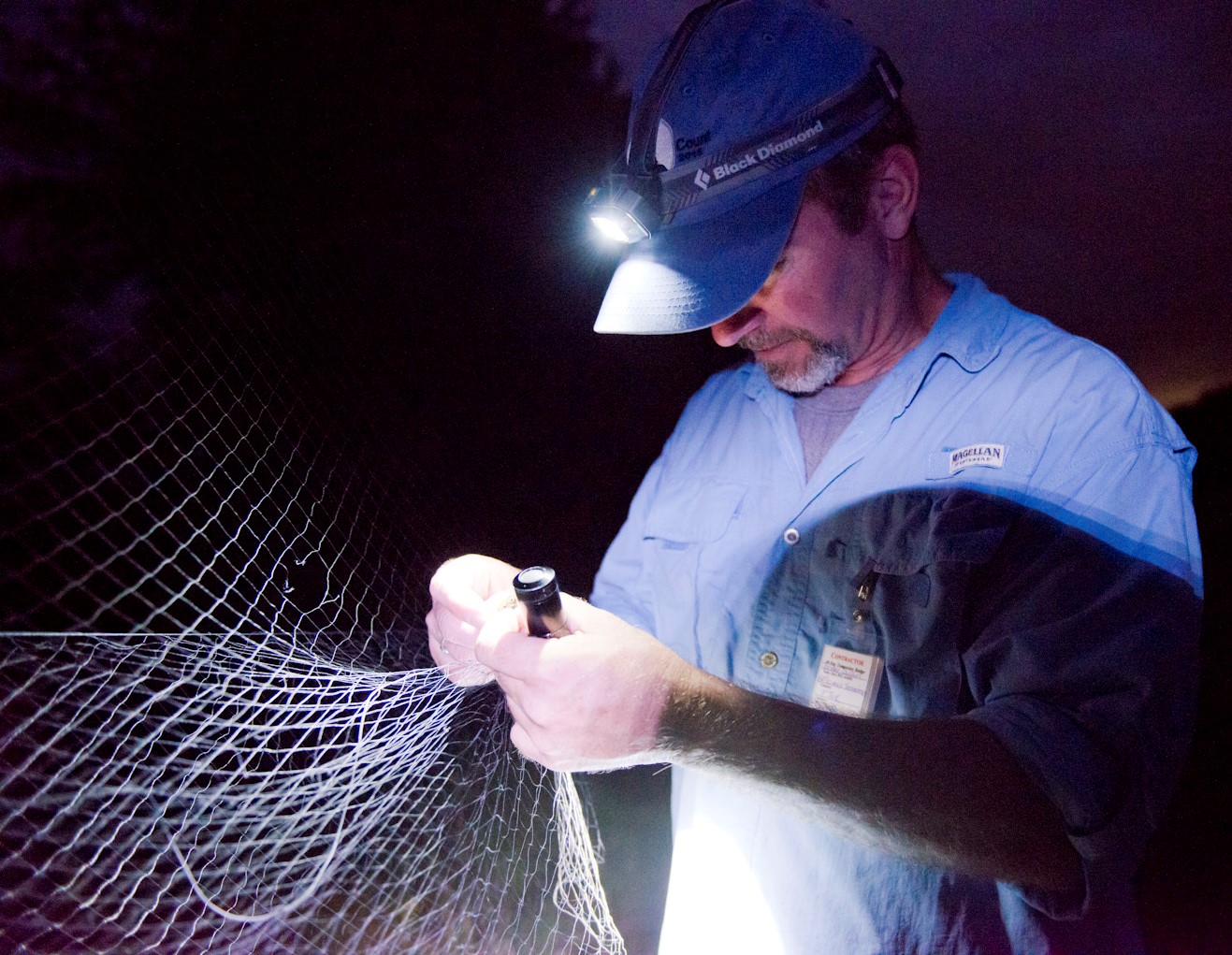
Checking a net for bats in West Virginia, 23JUN2016. West Virginia Air National Guard photo by Master Sergeant Emily Beightol-Deyerle.
In June 2016, biologists were deployed to West Virginia Air National Guard properties, to investigate if there were any endangered bats on those properties. It was blamed on a new rule created by the U.S. Fish and Wildlife Service, concerning the Northern Long-Eared Bat.
It is not normal to find a bat crawling around the grass in the middle of the day, call animal control.
In January 2015, the situation with WNS got so bad that the USA Corps of Engineers (USACE) Nashville District, and USACE Research and Development Center, held a two-day meeting: “We have various types of bats on Corps property all over the state of Tennessee. Knowing the correct procedures on how to protect these bats on our Corps properties is a major concern for us…. Bats eat lots of mosquitoes and are efficient predators of insects, and worldwide they pollinate flowers and disperse the seeds of hundreds of plants.”-Kim Franklin, USACE Nashville District
September 2014 USA video report explaining that bat conservation efforts on Naval Base Guantanamo Bay, Cuba, are about getting rid of disease carrying mosquitoes, and promoting the pollination of fruit trees:
In August 2014, USA personnel on Fort Hood, Texas, were warned about cases of rabid bats, and other rabid animals, on post: “If you find a bat in your home or building it is imperative to call a professional to retrieve it and have it tested for rabies.”-John Kuczek, Fort Hood Veterinary Center
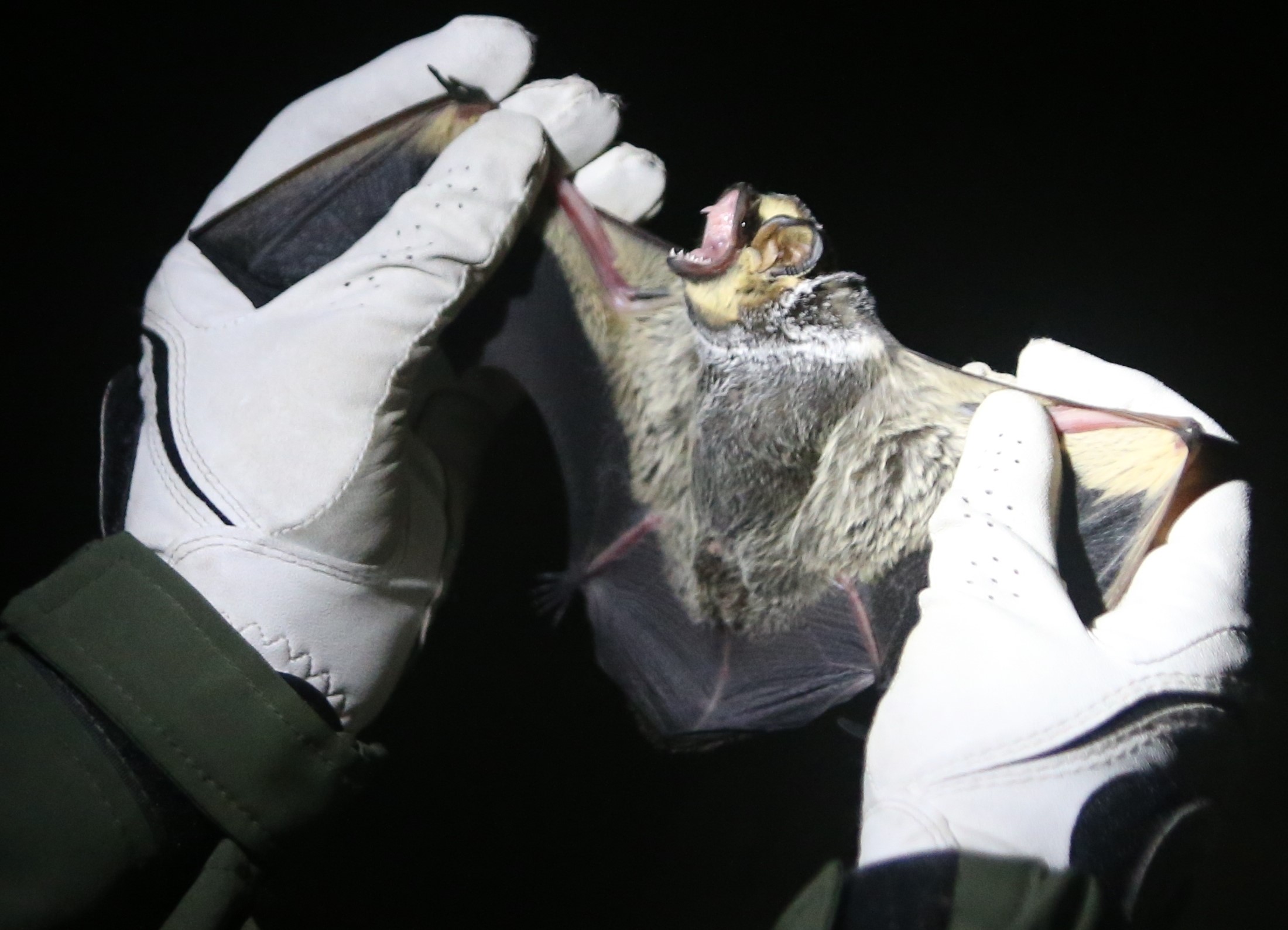
Hoary Bat in Wyoming, 31JUL2014. Wyoming Army National Guard photo by Sergeant First Class James McGuire.
In July 2014, Wyoming Game and Fish Department biologists spent a week counting bats on Wyoming Army National Guard’s Camp Guernsey Joint Training Center. They counted 240 bats of nine species. The biologists explained that the bats eat the insects in the area, as many as one thousand bugs per night, and they were checking the bats to see if there were any signs of the dreaded WNS infecting the bats.
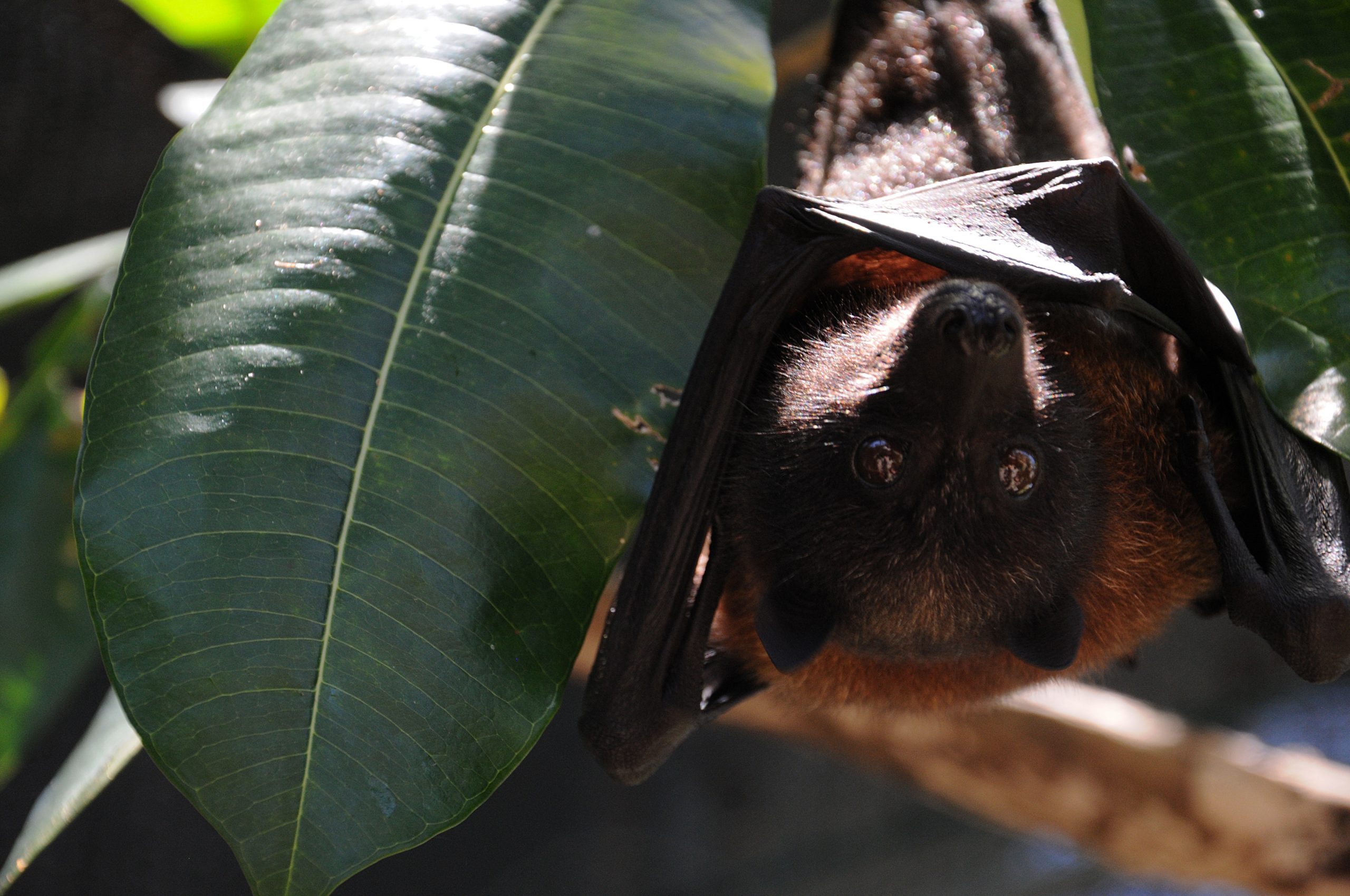
Mariana Fruit Bat, Guam National Wildlife Refuge. USAF photo by Staff Sergeant Melissa B. White, 20MAY2013.
In May 2013, The USAF began a biological survey of the giant Fruit Bat, on Anderson AFB, Guam. The Mariana/Fanihi Fruit Bat is endangered because its main source of fruit is on the decline. It turns out that indigenous fruit trees on Guam were being replaced by non-native fruit trees. The non-native trees are established by ‘wind-driven’ seeds, where-as the fruit trees the bats like are propagated by the bat’s own droppings, after eating the fruit. It turns out those native fruit trees are also fire resistant, but for the USAF it is all about providing a realistic training environment: “Some of the units here use the jungle for their training, but if you want jungle to train in then you need animals like the bats to eat fruit and nuts and spread the seeds so more plants and trees grow.”-Jeremy Adams, 36th Civil Engineer Squadron Environmental Flight Natural and Cultural Resources and Conservation Program
In August 2011, the USACE issued an update to their ongoing research of Little Brown Bats in New Hampshire. They are counting the bats to decide if they are endangered, and checking for signs of the WNS infection. Other bats in New Hampshire include the Eastern Small-Footed Bat, the Eastern Red Bat, and the Hoary Bat. The USACE biologists are comparing their new data to data collected before the advent of the dreaded WNS.
In 2005, biologists on Fort Knox, Kentucky, reported that the endangered Indiana Bat was making a comeback, however, that was before the onset of the dreaded WNS.
Operation Jupiter 2022: WHY IS THE U.S. MILITARY IMMUNIZING FOR RABIES?
Hunger Games 2022:  WHY ARE U.S. TAXPAYER FUNDED RATIONS BEING SOLD TO THE HIGHEST BIDDER?
WHY ARE U.S. TAXPAYER FUNDED RATIONS BEING SOLD TO THE HIGHEST BIDDER?
Operation Jupiter 2018: U.S. DoD BAT RESEARCH AND HEMORRHAGIC DISEASES!
Operation Jupiter 2017: U.S. DoD EXPERIMENTED WITH BATS FOR VACCINES!

